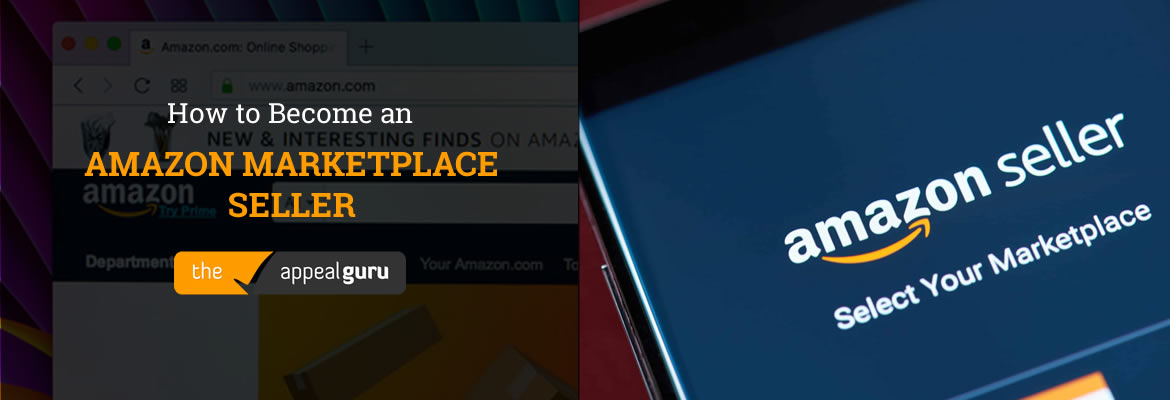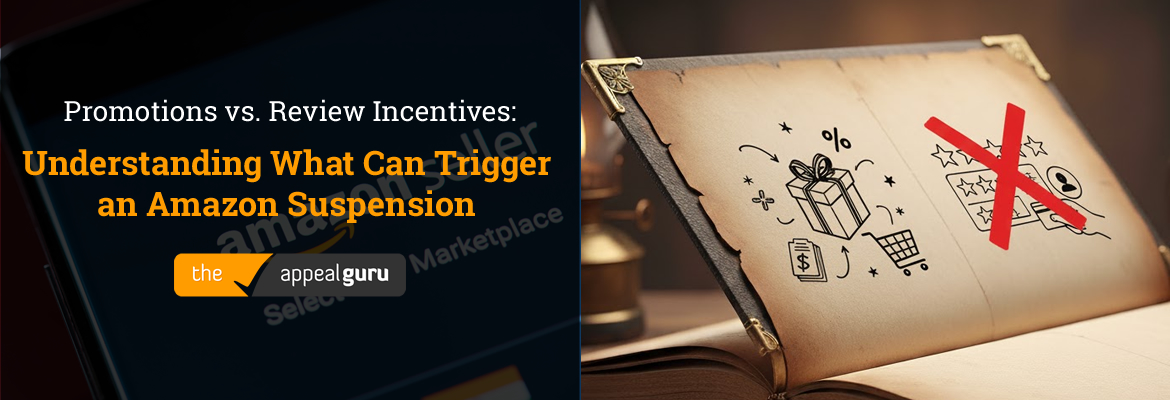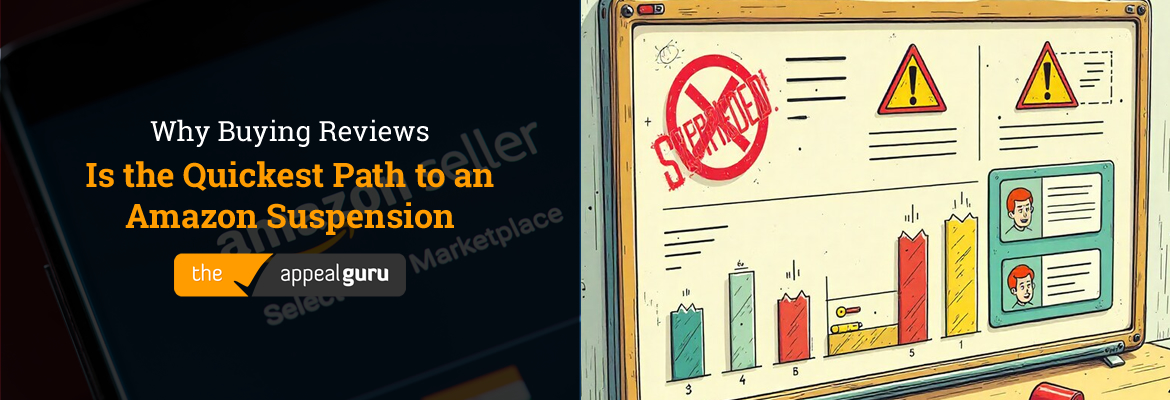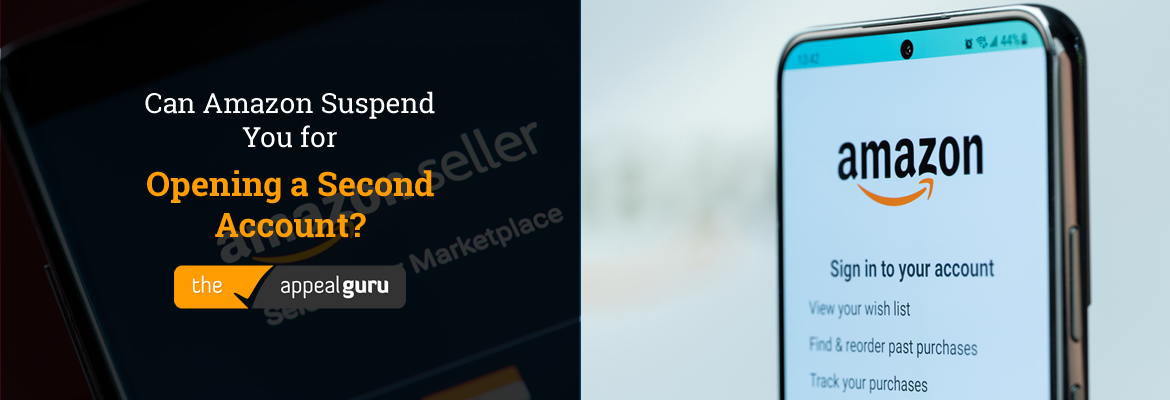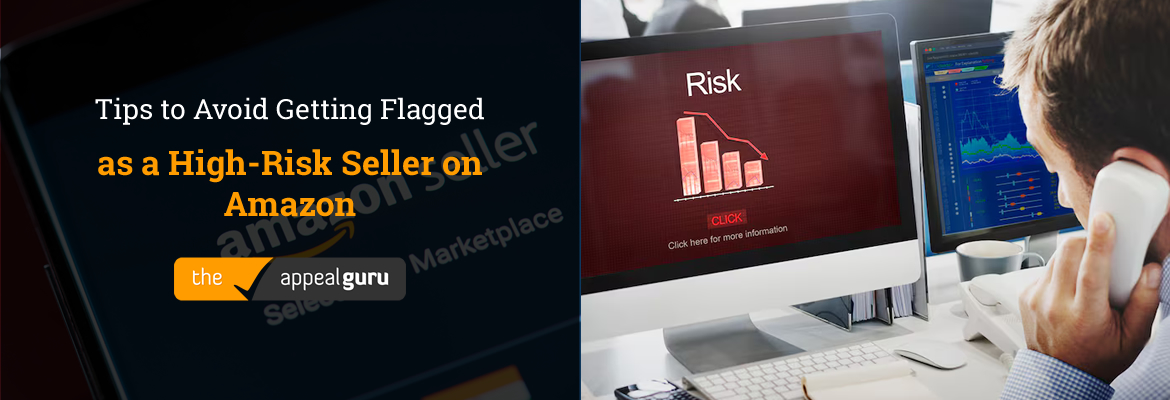“Is it easy to become an Amazon seller?” Absolutely not. Being an Amazon seller can be exciting, but just like any other business endeavor, it can also be tricky.
Online retail is a different beast from traditional retail. Mastering search engine algorithms is difficult, all the while competing with big brands, seasoned online sellers, and fellow beginners.
However, wallowing on the difficulty of it all does nothing. You’re not even an Amazon seller yet. Speaking of which, this guide shows you the important steps on how to become an Amazon marketplace seller.
Let’s tackle things one step at a time. This article is a good place to start:
1. Identify what kind of an online retailer you are going to be
Research and identify the product/s you want to sell. Then, find the best selling method that suits your chosen products well:
- Retail arbitrage means you buy discounted products from retail stores like Walmart or Target and resell them for a higher price.
- Private label sellers sell products branded as their own. The process involves choosing a generic product, finding a manufacturer that can make it, and buying them in bulk. After some tweaking, the products are then branded privately and are, finally, put up for sale.
Wholesale is reselling an established brand’s product/s with said major brand’s approval.
2. Open an Amazon seller account
Open a Seller Centralaccount. As a hub for your business, you’ll be doing most of the important things for your Amazon seller account here, such as adding product listings, managing inventory, viewing your reports, and more.
Fill in all the necessary information Amazon asks for, and make sure that every detail is accurate. Some of the information asked will include “business name,” “business address,” “business number/contact,” “credit card and bank information,” “tax information,” plus some other details like billing information.
Choosing what type of account you’re signing up for is one of the most important decisions you’re going to make when setting up an account. These are the two options:
A. Individual:This account gives you access to 20 product categories, but it has a maximum restriction of 40 items sold per month. Beyond 40 items, you’ll be charged a fee of $1 per item sold. There is no monthly subscription fee on this one.
B. Professional: You get access to 30 product categories. You will also be eligible, if approved, to sell additionalrestricted categories. This has a monthly subscription fee of $39.99.
3. Decide on your fulfillment method
Fulfillment refers to the logistics part of the business, like the storing, picking, packing, and shipping products to your customers. You have two fulfillment options:
A. FBA: In this model, Amazon handles almost every logistical needs of your business. From storing, picking, packing, shipping orders down to customer service. It’s a complete package fulfillment model but with an additional fee.
B. FBM: In this model, you get to handle all the logistics of your business. You’re also responsible for any late, missing, or damaged packages.
4. Create an Amazon product listing
An Amazon product listing is the product page for the product or item you’re trying to sell on Amazon. This page has your product’s image, description, price, purchasing button, and other essential product information a purchasing customer needs.
This is the time to showcase your product, so be accurate with your product description while adding some copywriting flair to it.
Log in to your Seller Centralaccount to begin creating an Amazon product listing.
Before you’re allowed to list your products on Amazon, here’s an important process to note:
You need to get a specific product number from Amazon, known as a Fulfillment Network Stock Keeping Unitor FNSKU. Even before your FNSKU gets processed, you need to secure your universal product code (UPC) or barcode. Get your UPC from GS1US.
5. Optimize your pages
Say you’ve identified your products’ supplier and the other arrangements for acquiring your products, you’re now ready to optimize your Amazon product listing page.
Optimizing your products’ page means using key SEO (search engine optimization) strategies to get your page a lot of online exposure – more clicks, more views, ranks well in searches, and more.
RELATED:5 Tips to Boost Your Amazon Sales Rank
“Keywords” are phrases, sentences, or terms people punch in search engines such as Google every time they’re searching for something. One key SEO strategy is by inserting these relevant “keywords” in your product listing’s title, description, even alt images.
In this article, we’ve listed down some of the most overlooked Amazon content optimization opportunities. You might want to check it.
6. Drive sales by utilizing different Amazon marketing tools
Once your product listing goes live, put your marketing knowledge into practice. To get sales, you’ll need more views. Here are some marketing strategies you can utilize:
- Run a pay-per-click (PPC) campaign:PPC campaigns are advertisements you see when browsing on Amazon product pages. You need to add relevant search keywords on these sponsored ads sections, so when people search for a product similar to yours, your ads pop.
RELATED:Benefits of Sponsored Product Ads and How to Run Sponsored Ads
Offer a product giveaway, or what we call a product launch.
The Wrap
Now that you’re all set, it’s time to tackle the most difficult part of the business – maintaining your sales.
All that marketing efforts will go to waste if you’re not going to convert that hoard of customers to loyal customers. If your customers have the best experience with your online store, they’re likely to tell others about it. And just like that, your customers become promoters at your store’s advantage.
RELATED:6 Ways Amazon Seller Can Delight Their Customers
One sure way of creating loyal customers is by going back to the basic principle of a successful business – consistently delivering quality service and products.
Delivering quality service and products is a combination of several things such as:
- Fast shipping: Businesses nowadays bank on convenience and fast service. Therefore, providing an option for fast-shipping will be much appreciated by your customers.
- Great Customer service: Amazon’s FBA provides great customer service support.
- Good pricing: Find that sweet spot of profiting but still having that competitive price.
- Others.
